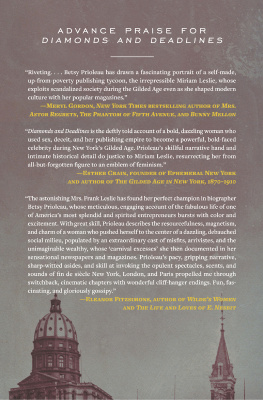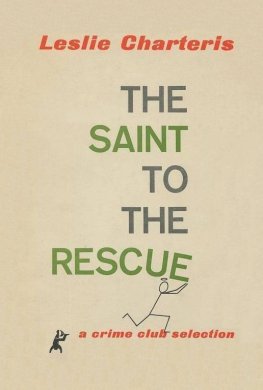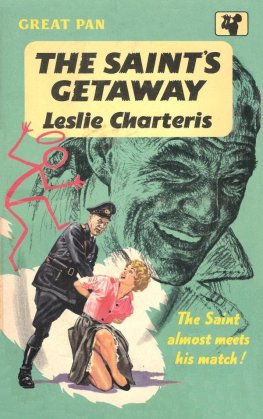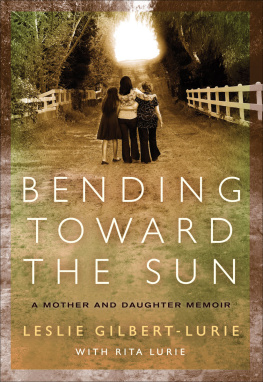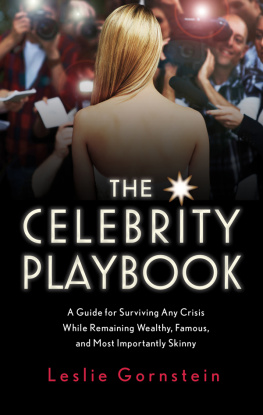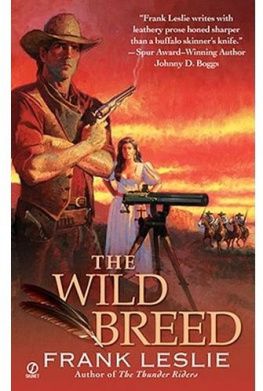Contents
Guide
Page List
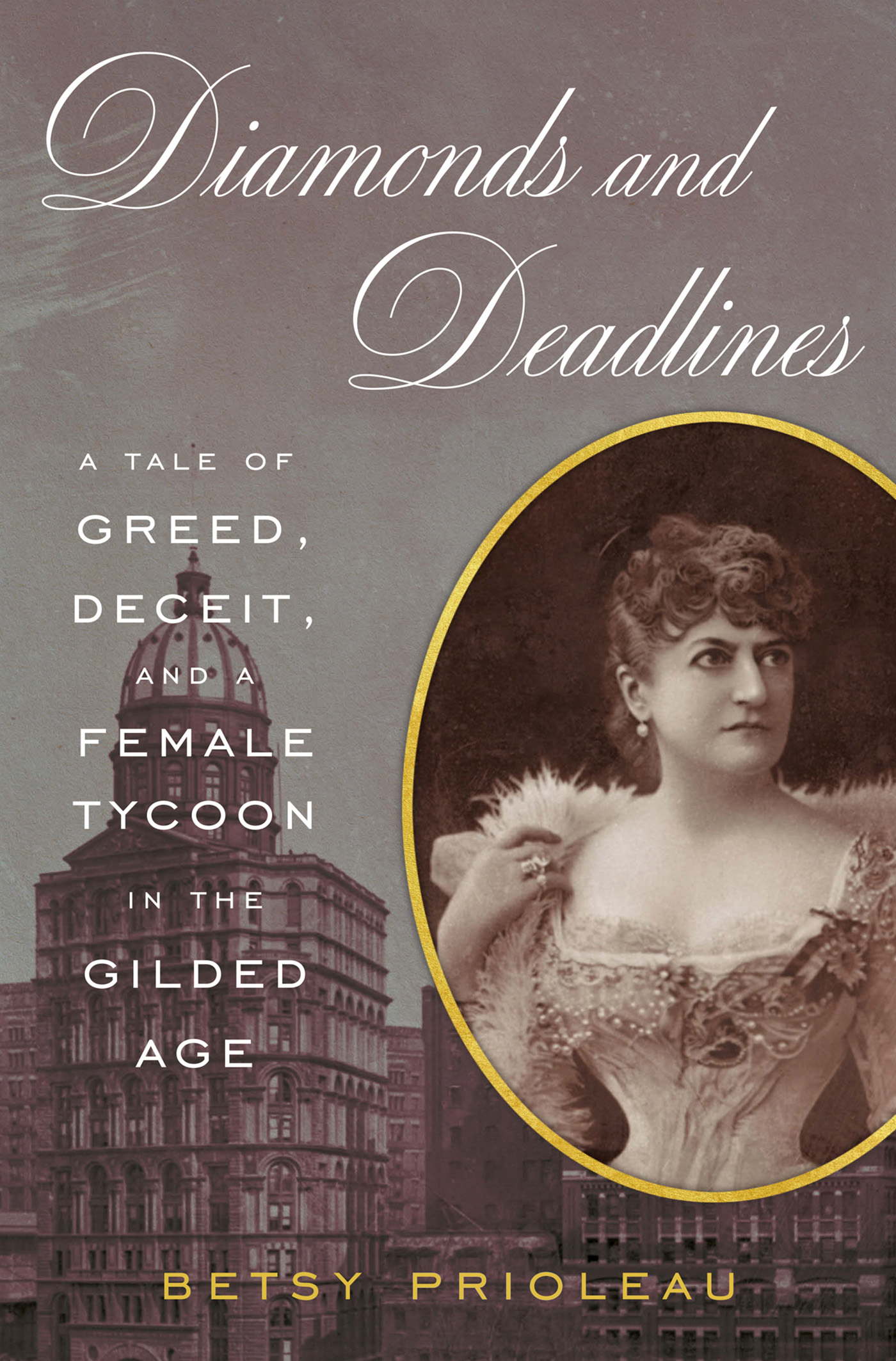

Copyright 2022 Betsy Prioleau
Cover 2022 Abrams
Published in 2022 by Abrams Press, an imprint of ABRAMS. All rights reserved. No portion of this book may be reproduced, stored in a retrieval system, or transmitted in any form or by any means, mechanical, electronic, photocopying, recording, or otherwise, without written permission from the publisher.
Library of Congress Control Number: 2021946806
ISBN: 978-1-4683-1450-2
eISBN: 978-1-4683-1451-9
Abrams books are available at special discounts when purchased in quantity for premiums and promotions as well as fundraising or educational use. Special editions can also be created to specification. For details, contact specialsales@abramsbooks.com or the address below.
Abrams Press is a registered trademark of Harry N. Abrams, Inc.

ABRAMS The Art of Books
195 Broadway, New York, NY 10007
abramsbooks.com
To Addie Austin and the mothers and grandmothers who broke the mold: Harriet Mason Stevens, Adeline Green Howle, Claudia Miles Stevens, Sarah Parsons Prioleau, Adeline Howle Stevens, and Phoebe Gibson Prioleau
I want admiration, I want excitement,
I want money, yes, money!
LILY BART, EDITH WHARTON, HOUSE OF MIRTH
Newspapers have become the mirror of the world.
WALT WHITMAN
Mystify, mislead, and surprise.
STONEWALL JACKSON
CONTENTS
INTRODUCTION
The American Gilded Age was an era of overscale, colorful personalitiesJohn D. Rockefeller, Mark Twain, Theodore Roosevelt, Victoria Woodhull, Nellie Bly, Isabella Stewart Gardner, and other banner names. Among them is a forgotten figure: Mrs. Frank Leslie. In her day, she was legendary, one of the most famous, influential, and remarkable women in America. When women were confined to the private sphere, marginalized, and denied financial autonomy, Mrs. Leslie ran the largest publishing empire in the country in a male-only preserve. A female captain of industry was unthinkable, never mind a successful one. She had a brilliant head for business, steered Frank Leslie Publishing to nationwide eminence, and made a fortune. What she did with that fortune is more astonishing still. Although an unsung heroine in feminism, she left her entire estatethe equivalent of $22 million todayto womens suffrage, a donation never equaled that proved essential to the passage of the Nineteenth Amendment.
Mrs. Leslie herself was stranger than fiction, a diva who tore up the script and suited the world to her purposes. She misbehaved, flouted accepted mores, and played the system. A master of self-presentation, she adopted the persona of the perfect Victorian lady, marketed it through her media, and did as she pleased. To American women she incarnated the ideal womanly woman and dictated style with her fashion-forward couture wardrobe. Men, cozened by her faade, didnt see the hard-knuckled business commanda at the controls. She was under deep cover, a woman of multiple self-created identities with eight different names over a lifetime.
Hidden within all these personas were secrets Miriam Leslie would rather not talk about. Her life wasnt the romance she promoted, the moon-and-magnolias plantation childhood and kid-glove aristocratic upbringing. Instead, it was the stuff of dime novels. Illegitimate and probably biracial, she grew up in a hard school, with an absentee, bankrupt father and a pillar-to-post youth spent in poverty. Early years in the theater and sex trade werent the end of her secrets. Over her long career she concealed misadventures that would have appalled Victorian Americans, including lovers, adulterous affairs, three divorces, and a ten-year mnage trois. All the while, she maintained a bulletproof front and kept her head on her shoulders.
Whip-smart and fluent in four languages, she wrote six books and a play, lectured professionally, and hosted a celebrated salon outside office hours. Napoleonic in her ambition, she stopped at nothing in her lunge for wealth, fame, and rank, and died with a bogus title, the Baroness de Bazus. Like many grandiose, complex personalities, she contained massive contradictionsnotably a conflict between autonomy and male adoration, louche and high societythat were never resolved.
Both of her time and ahead of it, Mrs. Leslie makes a riveting subject. Her passions and prejudices reveal the pulse of her century, and her power seat in the media provides a privileged window onto the era, a seismic epoch in American history. She is witness to an era of unprecedented upheaval and tumult: the explosive growth of industry, technology, transportation, immigration, big business, and megarich tycoons. It was an age of surface glitz, imposture, spectacle, runaway consumption, and ill-gotten fortunes. Money was king, morality elastic, and the country on the make and move.
For a fraction of the country. Over 90 percent of Americans lived in desperate poverty, prey to capitalistic exploitation and successive financial panics. Three-quarters of New Yorkers lived in packing house tenements, often five families to a room. Unparalleled labor and class violence resulted in a chain of riots through the decades that brought the country to the brink of anarchy. Few periods in America have been as convulsive and polarized.
Mrs. Leslie was in the thick of it, a recorder and product of the Gilded Age. She was of a piece with the large self-fashioned figures of the day; her money fever, ostentation, and ambition were the coin of the realm. Many of her valuesdistasteful nowreflect cultural norms: the worship of aristocracy, disdain for the poor, and prejudice toward African Americans and other minorities.
For all that, she was light-years ahead of her time. A law unto herself, she smashed the feminine mold, jettisoned the rule book, and built her own empire, in command of herself, her narrative, and her money.
She also presaged the future. Her character and career address concerns central to women today: the glass ceiling, female leadership, sexual agency, and image management. She was a high-handed grande dame with serious failings, but she suggests how a woman of grit and swish can live large, attain unimagined heights in a hostile world, and have men at her bidding in the bargain.
In telling her story, Ive tried to create a faithful portrait of Mrs. Frank Leslie. Although she shrouded herself in mystery, her life is surprisingly well documented through countless newspaper accounts, her own writing and correspondence, interviews, and court dockets. Previously undiscovered records shed light on darker, more concealed corners of her past. Many biographies, histories, and contemporary chronicles, guides, journals, and diaries contribute to the larger cultural picture.
Ive hewed as close as possible to the factsinvented no key events, dialogues, interior monologues, or characters. Occasionally I reconstruct scenes with a weave of available data and period details and dress Miriam (if not recorded) based on her descriptions of gowns and those of her favorite couturiers. Ive also used inspired conjecture throughout to help decipher her psyche, motives, and conflicts. Otherwise, Miriams life unfolds just as it happened, in all its color, drama, and incredible futuristic storyline.
PROLOGUE

